Woman magazine from 1904 with a cover design by Septimus Bennett, younger brother of Arnold Bennett, the Potteries novelist and the magazine’s former editor.
This magazine cover from 1904 is from an earlier title to use the name Woman than today’s IPC / Time weekly (which only dates back to the Odhams launch of 1937).
The cover design for this ‘high class penny paper for ladies’ was by Septimus Bennett. A book, Artist in Arms, was published in 2001 and is based on the diaries of a Septimus Bennett when he was working at a Vickers shell factory in Sheffield during the First World War. At first glance, it would seem to be an unlikely link between this Septimus and the cover designer, but it looks like they were the same man – and he was the youngest brother of the Arnold Bennett – voted greatest West Midlands writer in 2005.
While Arnold is best known for his ‘Five Towns’ novels, based on the six Potteries towns, he started out as a writer in magazines. He won a literary competition in Tit-Bits – the best-selling magazine of the day – in 1889 and five years later became assistant editor of the Woman. This probably explains how brother Septimus got the job drawing the magazine’s cover. Arnold began writing fiction serials, which resulted in A Man from the North in 1898 and he became Woman’s editor in that year. He stepped down in 1900 to write full-time, including The Grand Babylon Hotel (1902), serious criticism and theatre journalism. He wrote a column in London’s Evening Standard in the late 1920s.
Nigel Slater has a recipe for Omelette ‘Arnold Bennett’, a standard dish at the Savoy in The Strand. His advice: ‘Stick with the classic interpretation unless you want the wrath of Arnold Bennett’s ghost upon you.’ Delia Smith also has a version and reckons that Bennett wrote the whole of his novel Imperial Palace (1930) while staying at the Savoy.
Septimus was an artist and designer and ran a studio in Hanley, Stoke-on-Trent, where he produced designs for ceramics. His cover incorporates advertising for P&P Campbell, the Perth Dye Works, which was a prominent advertiser in magazines and on hoardings. The typeset copy includes quotes from two other magazines: ‘Oldest and best dyers, Myra’s Journal’; and ‘Excellent dyers, The Lady’; the latter is still published from office in London’s Covent Garden.
Woman was printed by Unwin Brothers at 27 Pilgrim St in London for the publishers Beeton & Co. The company had been founded by Samuel Beeton and produced several famous and groundbreaking titles, including the Englishwoman’s Domestic Magazine, Boy’s Own, Myra’s Journal and Queen. The first of these spun off the famous Mrs Beeton’s Cookbook, which was compiled from her work on the magazine. Note the cover credit: edited by Mrs C.S. Peel (the original Avenger?). Dame Deborah Primrose replied to readers’s queries. About a dozen contributors are named, all but one a woman. Several fashion illustrations are credited to Rene Robinson.
The editorial offices were at 10-11 Fetter Lane, a thoroughfare that is an essential stop on any Fleet Street tour, having been the base for many publishing enterprises, such as Railway Magazine (no 30 in 1901), the Daily Mail (no 110 in 1920-61), DC Thomson’s Red Letter for the Family Circle (no 12 in 1950) and Jocelyn Steven’s Swinging Sixties version of Queen (no 52). It is also the site of a statue of John Wilkes, a radical journalist and rebellious politician in the late 1700s.
Woman describes itself as ‘A journal of information, entertainment and practical counsel for womankind the wide world over’ on its frontispiece page and closed in 1907, a run of 19 years.
To see almost 500 magazine covers and pages, look out for my book, A History of British Magazine Design, from the Victoria & Albert Museum, the world’s leading museum of art and design

